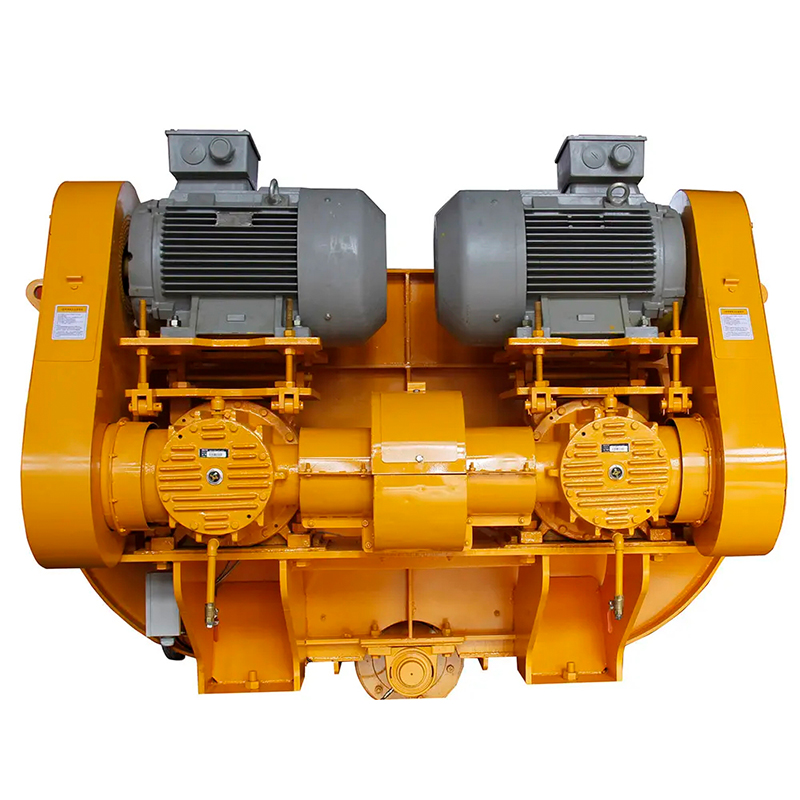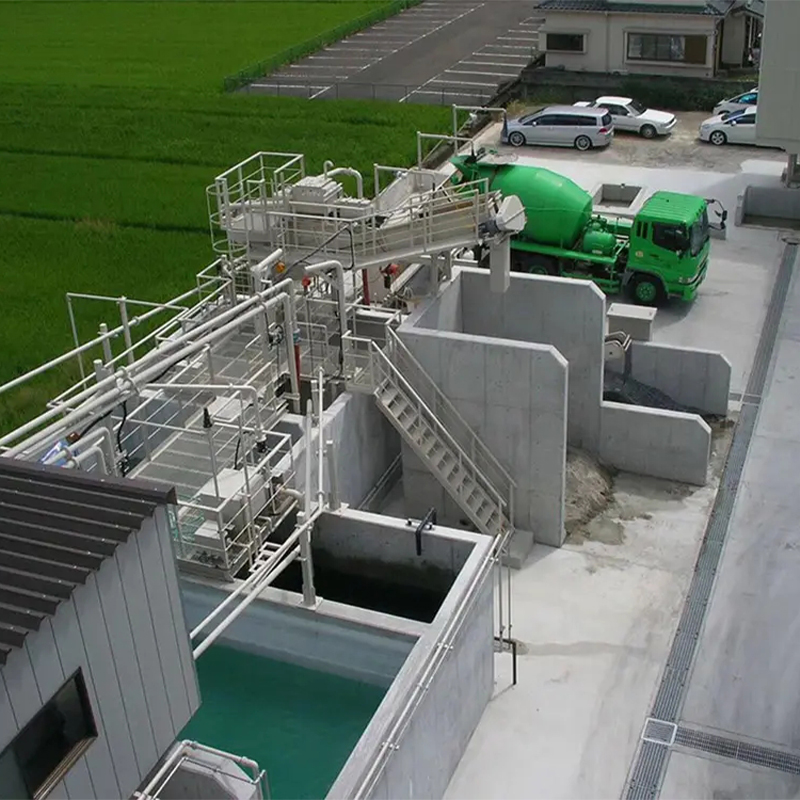For those in the construction industry, boosting operational efficiency is often a crucial topic. One less conventional approach that’s gotten attention is the adoption of footless concrete plants. But what exactly makes these plants more efficient, and what have people noticed when putting them into practice?

Understanding Footless Concrete Plants
A footless concrete plant, unlike traditional models, doesn’t necessitate elaborate foundation work. This concept might raise eyebrows initially, especially for those used to the norm of hefty groundwork. But what it offers primarily is flexibility in placement and reduced setup time. This lack of dependency on a fixed foundation translates to significant time and cost savings.
Zibo Jixiang Machinery Co., Ltd., a pioneer in this area (see more at their website), outlines that the elimination of groundwork not only reduces construction time but also minimizes environmental disturbance. For large-scale operations, such core alterations in setup can lead to substantial cumulative savings.
Moreover, there’s also the ease of relocation. When projects shift or complete rapidly, the ability to move the plant to a new site without tearing down and reconstructing a foundation can be invaluable. Often, this practicality outweighs traditional alternatives, especially in volatile project environments.

Addressing Potential Challenges
Of course, changing from standard setups brings its own set of challenges. For example, engineers often express concerns over stability. Without a fixed foundation, how uniformly can such a plant operate across varied geographies? Field experience, however, suggests regular checks and balances in design adjustments accommodate these concerns well.
Quality control might also spring up as a common question. It’s crucial to ensure that the moveable nature of the plant doesn’t risk the quality of the concrete mix. Companies like Zibo Jixiang Machinery have tackled this challenge head-on with precise calibration and regular testing protocols.
Installation and talent training have emerged as essential factors, with firsthand reports showing that experienced teams are crucial for the smooth operation of these plants. Learning curves exist, and having seasoned operators makes a tangible difference in efficiency and reliability.
Real-world Efficiency Gains
Practical applications often reveal the most about theoretical advantages. A case study involving a mid-sized construction company showed how a footless plant reduced their initial project timeline by up to 15%. These savings were not just financial but also offered strategic project advantages by freeing up workforce and equipment for subsequent tasks.
Their feedback indicated lesser operational lag due to the streamlined transfer of materials and a reduction in weather-related delays. With conventional plants, adverse weather often halts foundation work. The flexible nature of a footless concrete plant presents a notable advantage in such scenarios.
Yet, while these boosts in efficiency are appealing, companies remain vigilant about quality assurance. The narrative is simple: faster should not compromise better. Integrating robust quality inspections has been pivotal in maintaining high standards while enjoying the newfound efficiency.
Exploring Further Innovations
The industry doesn’t stop at just the transition to footless models. It’s sparking broader innovation in plant design and operational technology. The smart integration of sensors and automation stands out, promising even more gains in efficiency and quality control.
Zibo Jixiang Machinery, noted for its forward-thinking approach, continues investing in technology-driven solutions. This includes harnessing automation to further streamline the mixing and conveying process, placing efficiency at the forefront of their corporate mission.
Such developments are essential not only in maintaining competitive advantage but also in addressing the evolving demands of modern construction projects. As the industry moves toward more sustainable practices, footless technology may well be a key component in that transition.
Conclusion
In hindsight, the shift to footless concrete plants might seem risky at first, but the tangible efficiency gains and operational flexibility offered can’t be overstated. As with any innovation, acknowledging potential pitfalls and remaining committed to quality assurance are vital. Companies leading the charge, like Zibo Jixiang Machinery, set a noteworthy example in this space. For those willing to adapt, the future might just be both efficient and foot-free.
In summary, it’s about balancing advances with tradition, ensuring that new technology doesn’t just promise efficiency but delivers it consistently. The journey of innovation is ongoing, and the construction sector is positioned to benefit tremendously from these exciting changes.
Post time: 2025-09-22
